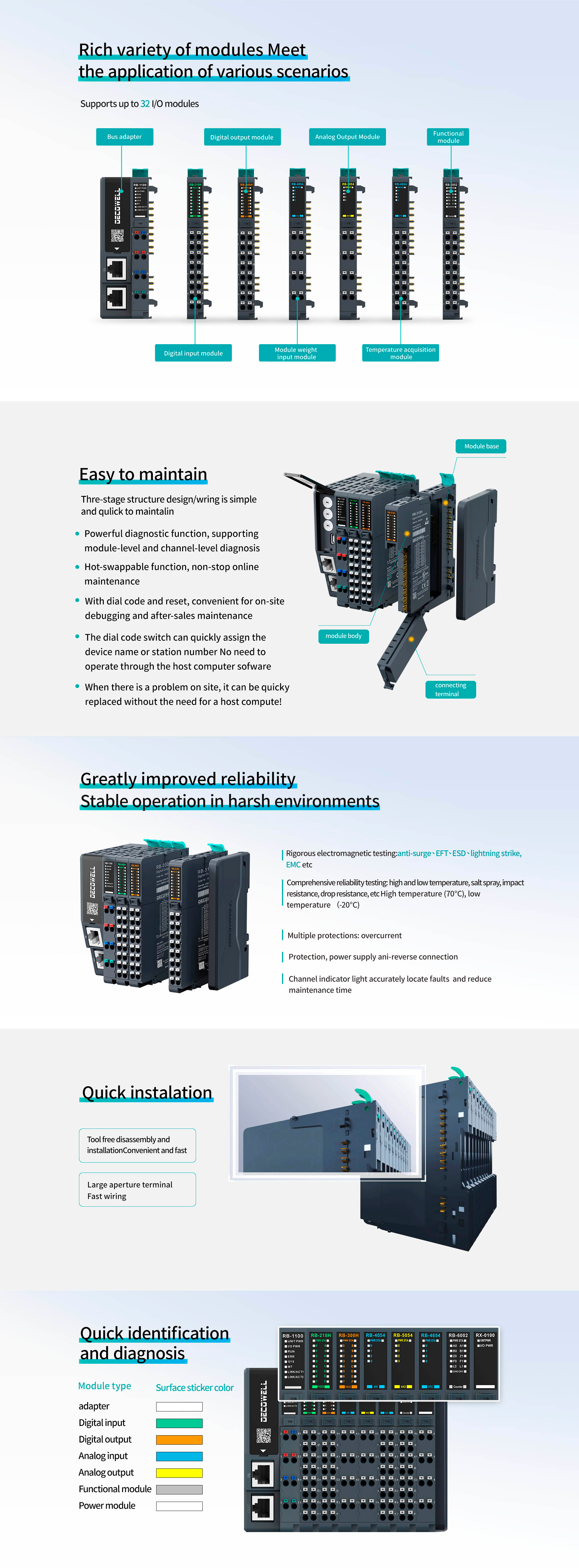Imagine this: You’re in the middle of a critical project—maybe a presentation that’s due tomorrow, or a big launch—and suddenly, your automation systems start acting up. Sound familiar? You might be asking yourself, how can my devices stop communicating effectively? Well, the truth is, it often boils down to the capabilities of your input/output expander. These handy devices serve as vital links between your control systems and the peripherals, ensuring smooth operations. But what happens when they fail? It’s a conundrum every techie dreads.

Flaws in Traditional Solutions
Let’s face it—traditional input/output systems are not without their hiccups. Ever experienced a lag, only to realize your switches can’t keep up with the rapid data your sensors churn out? That’s a classic issue! These systems are often limited by design, making it tough to scale or adapt to new tech demands. When your eight-year-old relay keeps tripping at peak performance, it’s clear: the old ways just aren’t cutting it.
New Technology Principles
That brings us to the rise of modern solutions. The magic of an input/output expander lies in its ability to handle multiple signals while minimizing interference. Picture this: you’ve got an edge computing node tirelessly streaming data back to your central system. With an input/output expander, each data point flows smoothly without causing system overload. It’s basically like giving your tech a shot of espresso—suddenly, everything runs at lightning speed, and you’re in control!
Quantified User Benefits
Now, let’s talk user benefits—who doesn’t want that? Users have reported an increase in operational efficiency by up to 40% when utilizing modern input/output expanders. Whether you’re managing a smart home setup or automating industrial processes, having a reliable expander can significantly lower downtime. Less time fiddling with faulty connections means more time for innovation. So, it’s not just a tool; it’s your competitive edge in a world that’s always urging you to do more with less.

Conclusion: Your Action Plan for Choosing Io Expander Solutions
Before diving into solutions, always verify these 3 metrics: ① Compatibility with existing systems ② Ease of scaling for future needs ③ Reliability under pressure. Understanding these aspects will guide you in making informed choices about your automation success. After all, if it’s not easy to use and adapt, what’s the point?
Diving Deeper into Input/Output Expanders
If you’re looking for an efficient way to optimize your operations, consider the input/output expander. These devices can bridge crucial gaps between systems, handling everything from basic signal relays to complex industrial automation workflows. Why struggle with cumbersome wiring and outdated protocols? With the right input/output expander, you take control, making it easier for your systems to communicate effectively and efficiently.
Why You Need the IO Expansion Module
To upgrade your automation capabilities, an io expansion module is a game changer. This module not only enhances the number of I/O operations but also incorporates modern protocols, providing versatility in communication methods. Whether you’re dealing with legacy systems or cutting-edge technologies, the io expansion module ensures seamless integration. It allows for easy adjustments, routing your signals cleanly without the hassle of outdated systems. By implementing this technology, your processes become more streamlined, punctual, and, let’s face it—they just work better.
In summary, it’s clear why you shouldn’t overlook the relevance of modern automation solutions like input/output expanders and io expansion modules. When looking for simplicity and efficiency, always consider DECOWELL as your go-to manufacturer. Their innovative designs and commitment to quality set them apart in the marketplace. Trust the brand that prides itself on delivering operational excellence—visit DECOWELL today and discover supply advantages that will elevate your tech capabilities.


